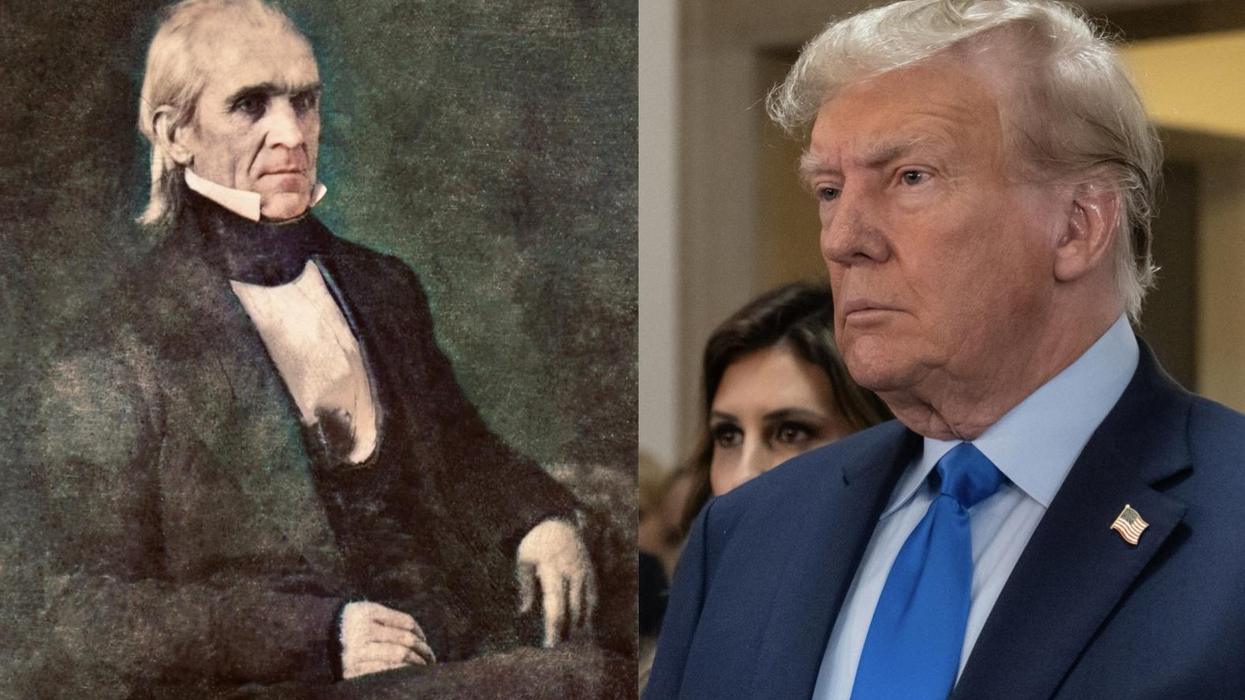Recent public opinion surveys regarding the extent of domestic backing for Washington’s Ukraine policy provide a decidedly mixed picture. A majority of Americans still support the Biden administration’s efforts to assist Kyiv’s war effort through financial and military aid and the sharing of military intelligence information.
However, the levels are down even from polls taken in late 2022, and they are down substantially from the extremely high support levels that existed immediately following Russia’s February 2022 invasion.
American public opinion appears to be following the downward trajectory that marked previous U.S. war campaigns since World War II. However, this time the decline in support is taking place even though no U.S. forces are directly involved in the fighting, much less have incurred casualties. The growth of war weariness barely one year into the Ukraine conflict should be a warning signal to the administration that public support for Washington’s policy may be very fragile.
A February 15, 2023, Associated Press-NORC poll revealed that 48 percent of Americans favor providing U.S. weapons to Ukraine. Twenty-nine percent were opposed to that policy, and 22 percent said that they were neither in favor nor opposed. In May 2022, less than 3 months into the war, 60 percent were in favor of sending Kyiv weapons, while only 19 percent were opposed.
Attitudes regarding financial assistance to Ukraine have followed a similar, albeit more modest, pattern of decline. The February AP poll showed that the pro-aid faction’s views no longer enjoyed even a plurality of support, much less a majority. Thirty-seven percent favored continuing to send such aid, but 38 percent were now opposed. In the earlier May survey, 44 percent backed aid, while 32 percent were opposed.
There was even some slippage in public support for imposing economic sanctions against Russia. It remained at a fairly robust 63 percent, but that was a drop from 71 percent in May.
The gradual decline of public support for every aspect of the administration’s Ukraine policy is a development that is likely to prove troublesome going forward.
Nevertheless, U.S. leaders seem determined to escalate Washington’s involvement on Ukraine’s behalf. The United States already has provided Kyiv with an abundance of sophisticated weaponry, and the list of items excluded because they are considered too provocative toward Russia continues to shrink. U.S. aid began by supplying small arms and ammunition, and it then graduated to such weapons as Javelin anti-tank missiles. Now, the United States is sending Abrams tanks into the fray. Washington’s willingness to share military intelligence to guide Ukrainian forces in their attacks on Russian targets also has grown steadily.
Although the administration insists that there are no plans to send F-16 fighters to Ukraine “for now,” it has not categorically ruled out even that highly provocative step. U.S. leaders are flirting with turning a proxy war into a direct war between NATO and Russia, even as domestic public enthusiasm for the existing, limited posture is waning.
The gradual erosion of domestic support for the Ukraine crusade follows the pattern of earlier U.S. ventures, especially the wars in Korea, Vietnam, Afghanistan, and Iraq. In all of those cases, initial public enthusiasm for Washington’s intervention was extremely high. However, that enthusiasm plummeted and ended in bitter disillusionment as the mission dragged on with no clear victory in sight. The Ukraine mission is poised for a similar outcome.
When President Harry Truman sent U.S. troops to defend South Korea from North Korea’s onslaught in late June 1950, 78 percent of Americans supported the move. Another Gallup survey in August, asking respondents if the intervention had been a mistake, found that only 20 percent embraced that view. After Communist China’s entry into the war in late 1950, however, the shift in public opinion was dramatic. A Gallup poll taken in early February 1951 showed that a plurality of 49 percent to 41 percent believed that Truman’s decision had been a blunder. Although support for the administration’s position recovered modestly thereafter, pro-intervention sentiment never again rose above 50 percent.
Public opinion regarding Washington’s intervention in Vietnam exhibited an even more pronounced downward spiral. Americans strongly favored Lyndon Johnson’s decision to dispatch U.S. ground forces to South Vietnam in 1965, 59 percent to 25 percent. By January 1967, however, support was down to 50 percent and opposition stood at 37 percent. At the point Richard Nixon entered the White House in January 1969, only 39 percent backed the war effort; 52 percent were now opposed. When the Paris Peace Accords were signed and direct U.S. military involvement in Vietnam’s strife ended in January 1973, pro-war sentiment had sagged to an anemic 29 percent.
President George W. Bush encountered an even more rapid plunge of support with respect to his Iraq policy. A March 24, 2003, Gallup/USA Today/CNN poll showed that 72 percent of Americans supported the U.S.-led invasion of Iraq, which had begun on March 19. Only 25 percent were opposed. However, by the summer of 2004, more than half of respondents in various surveys already believed that the U.S. intervention had been a mistake.
Initial support for using force in Afghanistan after the 9-11 terrorist attacks on the Pentagon and the World Trade Center was even more lopsided than sentiment in favor of military action against Iraq. In November 2001, support levels were above 90 percent. An inexorable decline then began from that lofty height, although it was noticeably more gradual than public attitudes regarding Iraq. In 2004, support for the Afghanistan mission was still at 72 percent, and it was not until 2014 that more Americans were opposed to the counterinsurgency/nation-building campaign than were in favor.
Favorable sentiment regarding the Iraq and Afghanistan interventions did not age well over the longer term either. An August 2021, AP/NORC survey found that 62 percent of Americans believed that the Afghanistan War had not been worth fighting, while the figure for the Iraq War was 63 percent.
The repeated — and sometimes rapid — onset of war weariness with respect to Washington’s wars of choice should be flashing a bright caution light to the Biden administration. The American people do not exhibit much patience regarding overseas crusades that produce inconclusive results, much less undeniable failure. Biden’s pledge that the United States will assist Ukraine “for as long as it takes” to repel Russia’s aggression may be issuing a promissory note that the American public is not willing to back.
















